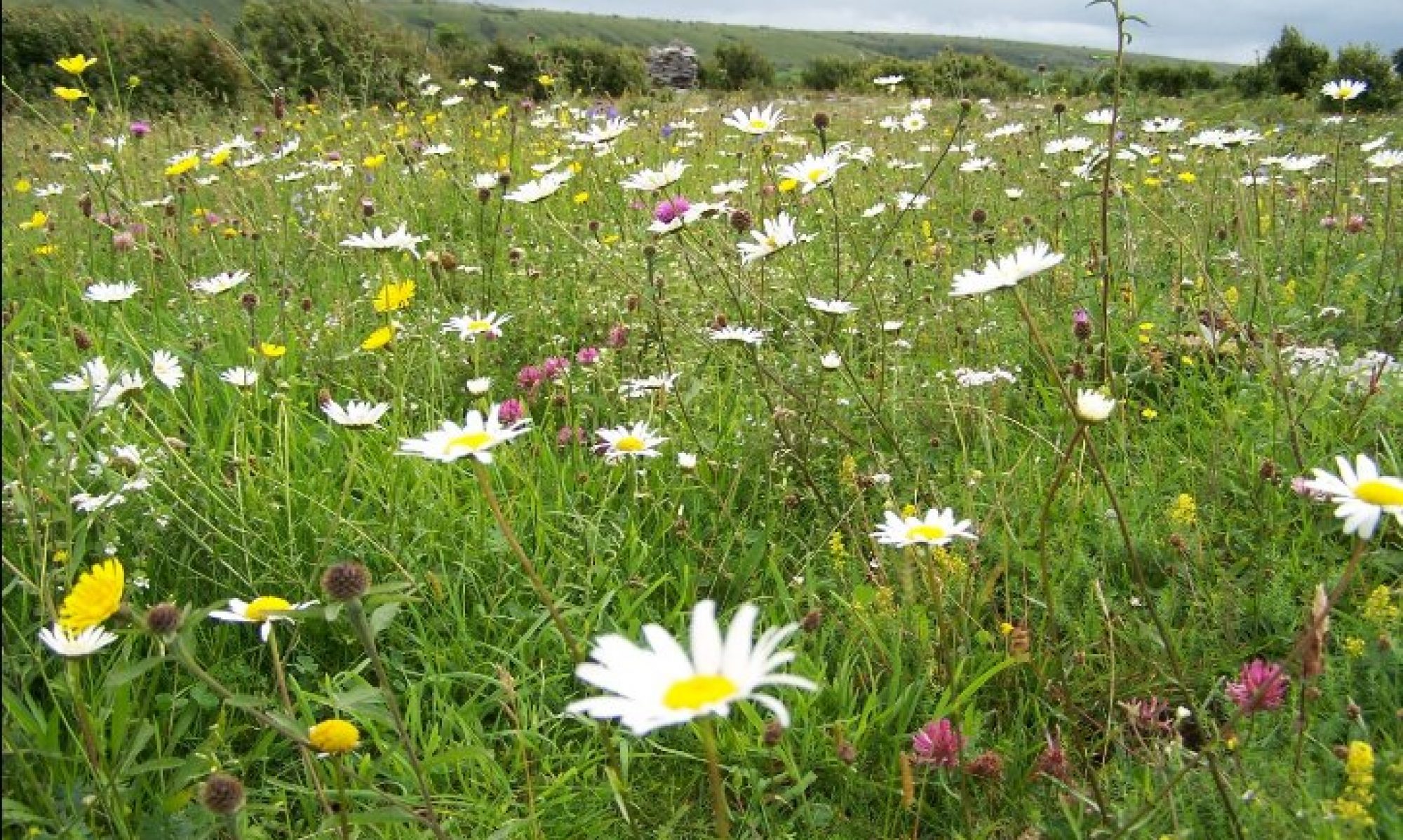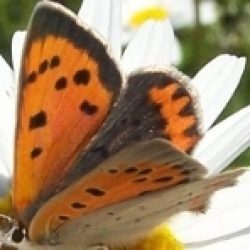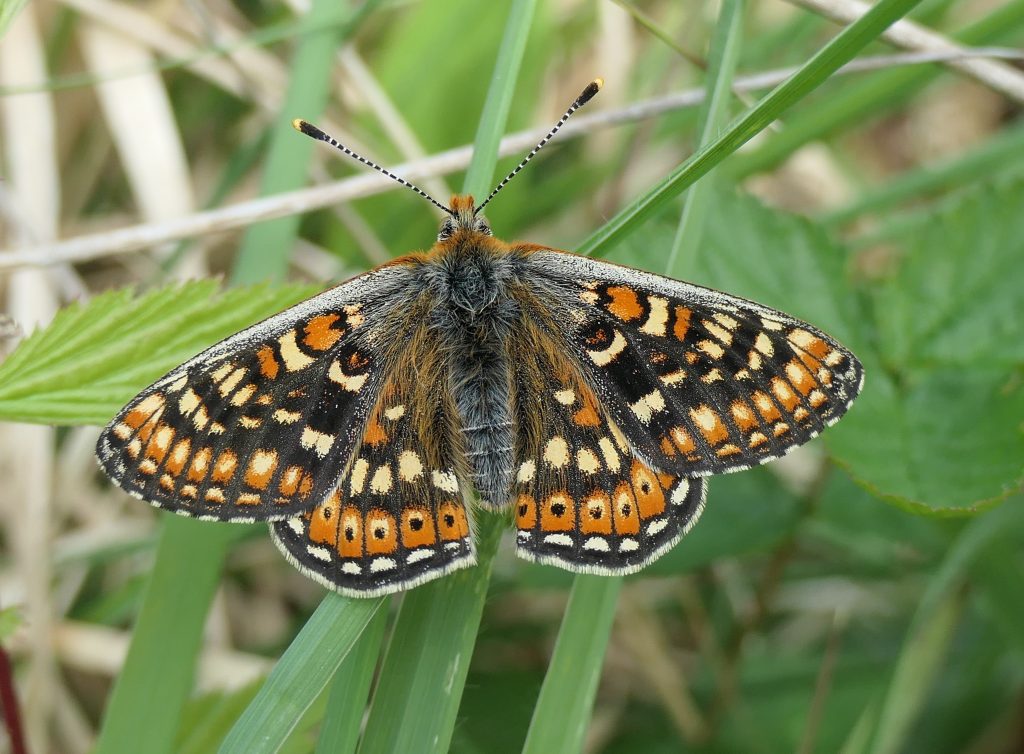
Under the Habitats Directive 1992 certain geological features, habitats and species must be protected within Special Areas of Conservation (SACs). One of the species is the Marsh Fritillary butterfly. Ireland had to identify areas important for the Marsh Fritillary butterfly and designate the areas as Special Areas of Conservation. This was required of European Union countries with populations of the butterfly. Where an area is designated for the butterfly, the butterfly is named as a ‘qualifying feature’ for the Special Area of Conservation. A full list of Ireland’s SACs can be found here:
https://www.npws.ie/sites/default/files/files/SAC%20quick%20reference%20table(1).pdf
Ireland listed 12 SACs with the Marsh Fritillary as a qualifying feature (in each SAC, other qualifying features are listed too). The 12 sites are listed here: https://www.npws.ie/protected-sites/search/by-feature?feature%5B%5D=6133&designation%5B%5D=375
A check of the documents available concerning each site on the National Parks & Wildlife Service website makes for interesting reading. The documents consist of
1. Conservation Objectives: these aim to define favourable conservation conditions for particular habitats or species at that site. The Conservation Objectives state whether the Marsh Fritillary is present and the area of suitable habitat within the SAC.
2. Site Synopsis: this states the site location, and summarises the habitats, species, and importance of the site and comments on any threats to the site’s conservation values.
3. Statutory Instrument (SI) and SAC maps: The SI designates the SAC, states the qualifying feature species and habitats, and sets out the activities that require ministerial consent. The maps identify the area occupied by the SAC.
What do the Conservation Objective Reports tell us?
The Marsh Fritillary was recorded in just four of the 12 SACs where the butterfly is named as a ‘qualifying feature’. These are:
1. Bricklieve Mountains and Keishcorran SAC
2. East Burren Complex SAC
3. Moneen Mountain SAC
4. West of Ardara/Maas Road SAC
My records indicate it is extinct in Ballynafagh (last recorded 1999) and Killarney (last recorded 2006); the report for Barrigone states that there are no confirmed records for that site. Remarkably, the Barrigone report states:
The association of the species with the SAC derives from a paper by Lavery (1993) which refers to a site called Foynes/Barrigone as one of three major populations in Ireland. A survey in 2012 did not find the species in the SAC (Wilson et al., 2013).
Was Lavery correct when he wrote the paper? Was his word taken without an NPWS site survey? Why is the area designated to protect a butterfly that does not occur there?
The area occupied by the Marsh Fritillary at Barrigone has dried out and is now overgrown with scrub. Geoffrey Hunt, a reliable recorder searched the area regularly since 1998 and has not seen any Marsh Fritillary on the site. Geoffrey’s knowledge of the site raises questions concerning this statement from the site’s Conservation Objectives report:
In 2012, just over 9ha of habitat was assessed as suitable for the species (NPWS, 2019).
Is there any suitable habitat at Barrigone?
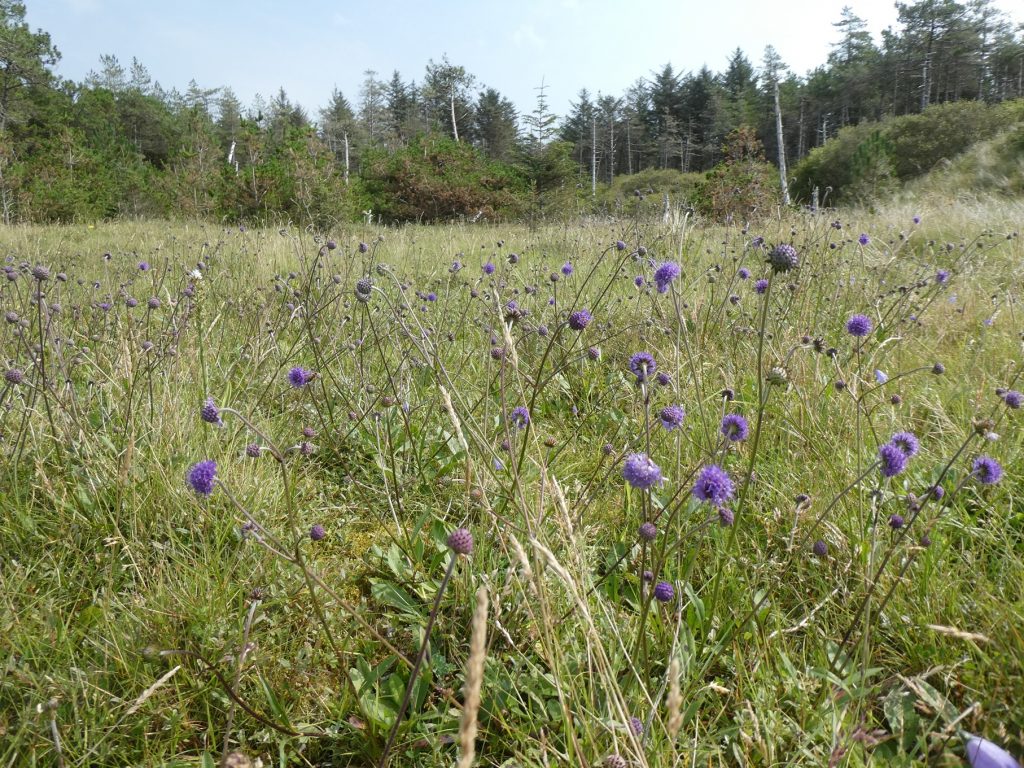
The Conservation Objective reports for the following four sites where the Marsh Fritillary is a qualifying feature for the SAC do not even mention the butterfly:
1. Bunduff Lough and Machair/Trawalua/Mullaghmore
2. Gweedore Bay and Islands SAC
3. Sheephaven SAC
4. St. John’s Point SAC.
I have visited Bunduff Lough and Machair/Trawalua/Mullaghmore SAC (the terrestrial area is 1,812.12ha) and St. John’s Point SAC (the terrestrial area is 152.08ha) and found larval webs on these sites. However, while I did not measure the area of suitable habitat present on these sites, the areas are not extensive.
I calculated the combined area of the SACs (excluding maritime areas for coastal sites) and, where the figure was provided, the area of suitable habitat for the butterfly. In two SACs, located in the Burren, the area of suitable habitat was estimated by NPWS, not measured. Combined, the 12 SACs contain 159,647.26 hectares. The total suitable habitat stated is 5,725.2 hectares.
The ratio of suitable habitat in hectares to overall terrestrial area in these SACs is 1:28. There is one hectare of suitable habitat for the Marsh Fritillary for every 28 hectares of land. The ratio of Marsh Fritillary habitat to total SAC land of 1:28 is problematic.
Marsh Fritillary occupies the landscape in a metapopulation structure. It needs a network of sites within a region for long-term survival. In England, the minimum figure of 50ha (note: 50ha2 is ½ km2) of suitable habitat within an area of 16km2 (1600ha) is indicated by Bulman et al. (2007). (This ratio is 1ha:32ha.) The modelling suggests the species may persist in areas below this area for decades, but extinction will eventually result unless additional habitat is provided. Irish research is needed concerning this aspect (NPWS, 2019).
If the ecology and habitat distribution of the Marsh Fritillary reflect that in England, the combined figures for the 12 SACs designated to protect the species are below the minimum threshold needed for long-term survival.
Taken on a regional basis, only the two Burren SACs, which are extensive (but much smaller than the Connemara and Killarney SACs), contain habitat that exceeds the minimum required. The Burren SACs and the habitat and habitat ratios are:
East Burren Complex (18800.65 ha (188 km2 ): 3,200ha (32km2), ratio 1:6 and Moneen Mountain (6100ha (61 km2): 2,500ha (25 km2), ratio is 1:2.4.
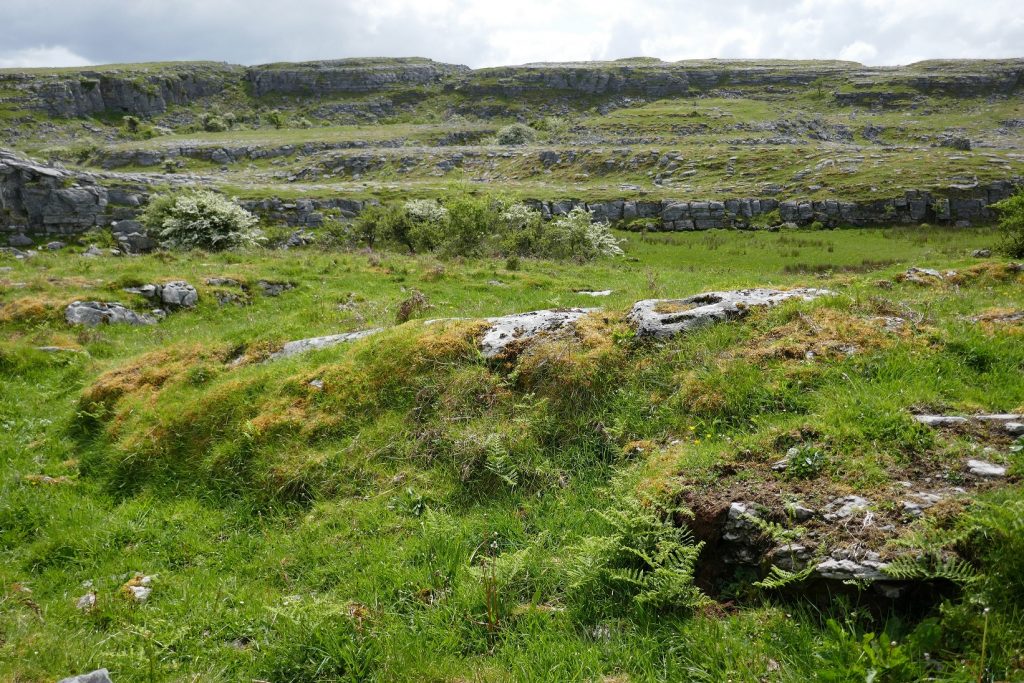
A proper analysis of the minimum figure for regions holding the smaller SACs would need to factor in any suitable habitat in areas adjoining the SAC to assess the species on a regional basis. However, adjoining areas might not hold breeding habitat.
The absence of detailed management plans for some SACs is another problem. How do we know if the habitat is being managed correctly? The Burren’s populations are safe, for now.
This cannot be said of many populations elsewhere. Look at Barrigone, once regarded as one of the three major populations In Ireland. Look at Killarney and Ballynafagh, where it no longer occurs. These are sites where protecting the Marsh Fritillary is a conservation priority. Protecting the butterfly which means protecting its habitat, preserves many important habitats and species. The absence of the butterfly highlights poor habitat quality, bad practice and lack of care. In the view of this author, the summative assessment is ‘poor result is due to the lack of serious effort.’
The formative assessment is to ‘apply the required habitat management techniques to restore the habitat within SACs and expand the network of protected areas and appropriately manage these areas to at least meet the minimum habitat size of 50ha within 16km2 to ensure this lovely butterfly’s long-term survival.’
Two areas set aside for nature, where the land is specifically managed for the Marsh Fritillary, are Butterfly Conservation Ireland’s Crabtree Reserve in Lullybeg, Kildare, and the Irish Peatland Conservation Council’s Lullymore West Butterfly Reserve. Both sites hold long-term, thriving populations. It can be done.
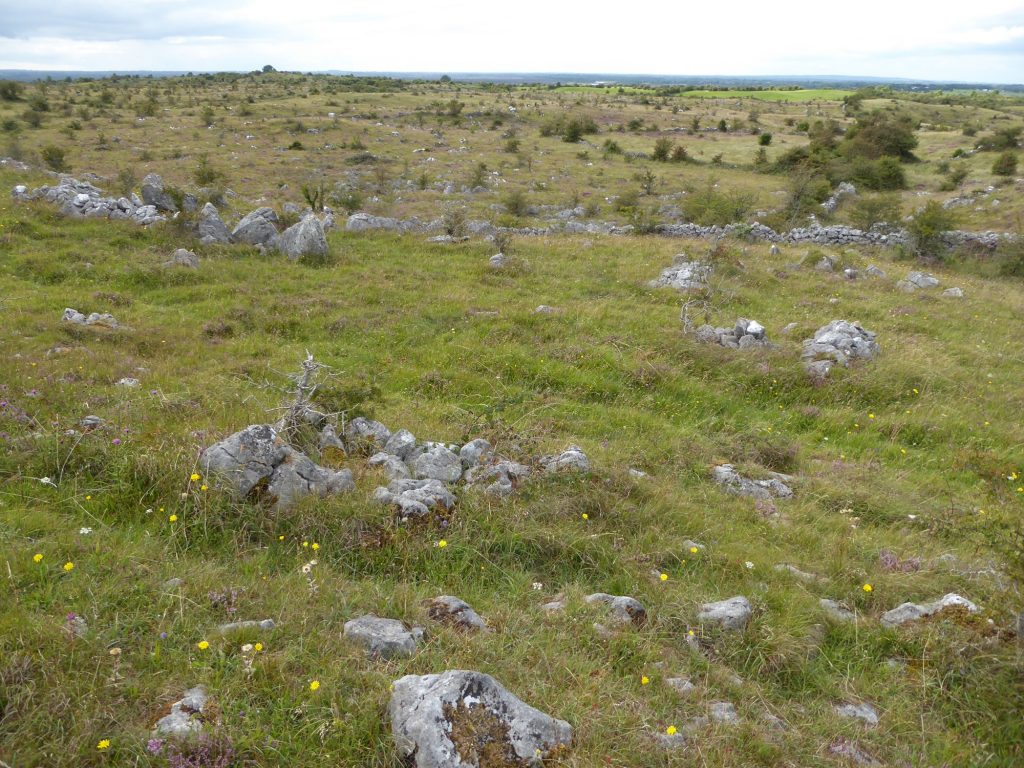
References
Bulman, C.R., Wilson, R.J., Holt, A., Galvez Bravo, L., Early, R., Warren, M.& Thomas, C.D. (2007) Minimum viable metapopulation size, extinction debt, and the conservation of a declining species. Ecological Applications 17: 1460–1473.
NPWS (2019). The Status of EU Protected Habitats and Species in Ireland. Volume 3: Species Assessments. Unpublished NPWS report. Edited by: Deirdre Lynn and Fionnuala O’Neill
NPWS (2021) Conservation Objectives: Ballynafagh Lake SAC 001387. Version 1. National Parks and Wildlife Service, Department of Housing, Local Government and Heritage.
NPWS (2019) Conservation Objectives: Barrigone SAC 000432. Version 1. National Parks and Wildlife Service, Department of Culture, Heritage and the Gaeltacht.
NPWS (2021) Conservation Objectives: Bricklieve Mountains and Keishcorran SAC 001656. Version 1. National Parks and Wildlife Service, Department of Housing, Local Government and Heritage.
NPWS (2015) Conservation Objectives: Bunduff Lough and Machair/Trawalua/Mullaghmore SAC 000625. Version 1. National Parks and Wildlife Service, Department of Arts, Heritage and the Gaeltacht.
NPWS (2015) Conservation Objectives: Connemara Bog Complex SAC 002034. Version 1. National Parks and Wildlife Service, Department of Arts, Heritage and the Gaeltacht.
NPWS (2022) Conservation Objectives: East Burren Complex SAC 001926. Version 1. National Parks and Wildlife Service, Department of Housing, Local Government and Heritage.
NPWS (2015) Conservation Objectives: Gweedore Bay and Islands SAC 001141. Version 1. National Parks and Wildlife Service, Department of Arts, Heritage and the Gaeltacht.
NPWS (2021) Conservation Objectives: Moneen Mountain SAC 000054. Version 1. National Parks and Wildlife Service, Department of Housing, Local Government and Heritage.
NPWS (2017) Conservation Objectives: Killarney National Park, Macgillycuddy’s Reeks and Caragh River Catchment SAC 000365. Version 1. National Parks and Wildlife Service, Department of Culture, Heritage and the Gaeltacht.
NPWS (2014) Conservation Objectives: Sheephaven SAC 001190. Version 1. National Parks and Wildlife Service, Department of Arts, Heritage and the Gaeltacht.
NPWS (2015) Conservation Objectives: St. John’s Point SAC 000191. Version 1. National Parks and Wildlife Service, Department of Arts, Heritage and the Gaeltacht.
NPWS (2015) Conservation Objectives: West of Ardara/Maas Road SAC 000197. Version 1. National Parks and Wildlife Service, Department of Arts, Heritage and the Gaeltacht.
